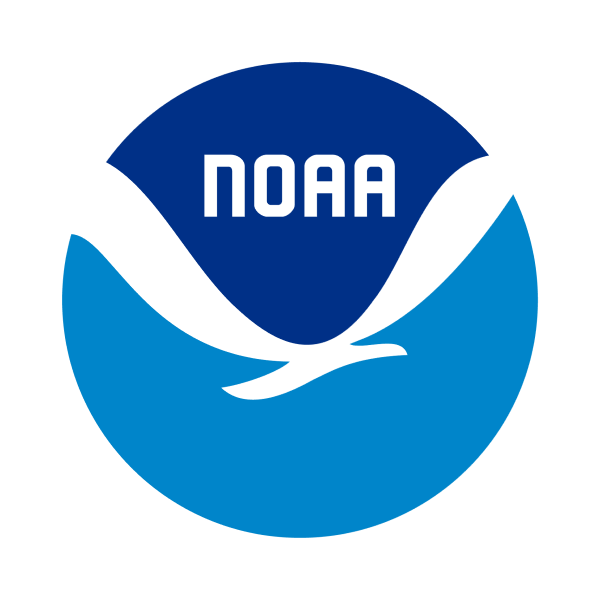Ocean Conservancy is administering a national competitive grant program for the removal of large marine debris, working with California fishers on solutions to ghost gear challenges, creating tools to better prevent derelict fishing gear, and removing marine debris in southwest Alaska and the Lower Florida Keys.
Type of Project: Removal
Region: National, Alaska, Florida, California
Project Dates: October 2024 - September 2028
Who is involved?
With support from the NOAA Marine Debris Program, Ocean Conservancy is leading a grant program for removal of large marine debris, including derelict fishing gear, across the country. Additionally, Yakutat Tlingit Tribe, Sitka Sound Science Center, and Norton Sound Economic Development Corporation are removing derelict gear in Alaska, and the Lower Keys Guides Association is removing marine debris in the Lower Florida Keys. As part of this multi-faceted project, Poseidon Aquatic Resources Management, Ocean Outcomes, and Natural Resources Consultants are also supporting the development of resources to prevent derelict fishing gear.
What is the project and why is it important?
Fishing gear that is accidentally lost or illegally discarded causes big problems for our ocean and waterways. Derelict fishing gear, or “ghost gear,” continues to entangle, trap, and kill marine animals after it is lost in the environment. This not only harms sea life, but is also a serious threat to the livelihoods of fishing communities. Increasing coastal tourism and tides that run higher due to sea level rise are also factors that contribute to shoreline and large marine debris, such as coolers, boat hulls, and trash cans. This debris hinders public coastal access and negatively affects the economy.
To combat these local impacts, Ocean Conservancy and partners are leading a national project to remove an estimated 600,000 pounds of large marine debris, including ghost gear, while raising awareness about best practices for ghost gear prevention.
At least 80 removal events are planned as part of this project. In Florida’s Lower Keys, local anglers are removing marine debris from mangroves and shallow waters near the shore. Along Alaska’s remote shorelines, tribal organizations are leading the removal of ghost gear from tribal lands—work that is critical to sustain local livelihoods and preserve a cultural way of life. Ocean Conservancy is also facilitating a national grant program for the removal of large marine debris.
In addition to removing debris, this project seeks to better understand and prevent ghost gear. The project team is developing models that predict where ghost gear is lost and accumulates in Alaska, and they are working with California fishers on solutions to ghost gear challenges. Ocean Conservancy and project partners are developing the first comprehensive guidelines for managing recreational fishing gear, which will inform local fisheries management decisions and prevent fishing gear loss in the future.
This project is advancing new prevention and removal collaborations with fishers, boaters, and local organizations and tribal groups while helping to protect pivotal marine resources that sustain coastal economies and communities.
For more information about this project, visit the Marine Debris Program Clearinghouse.
 An official website of the United States government.
An official website of the United States government. 
